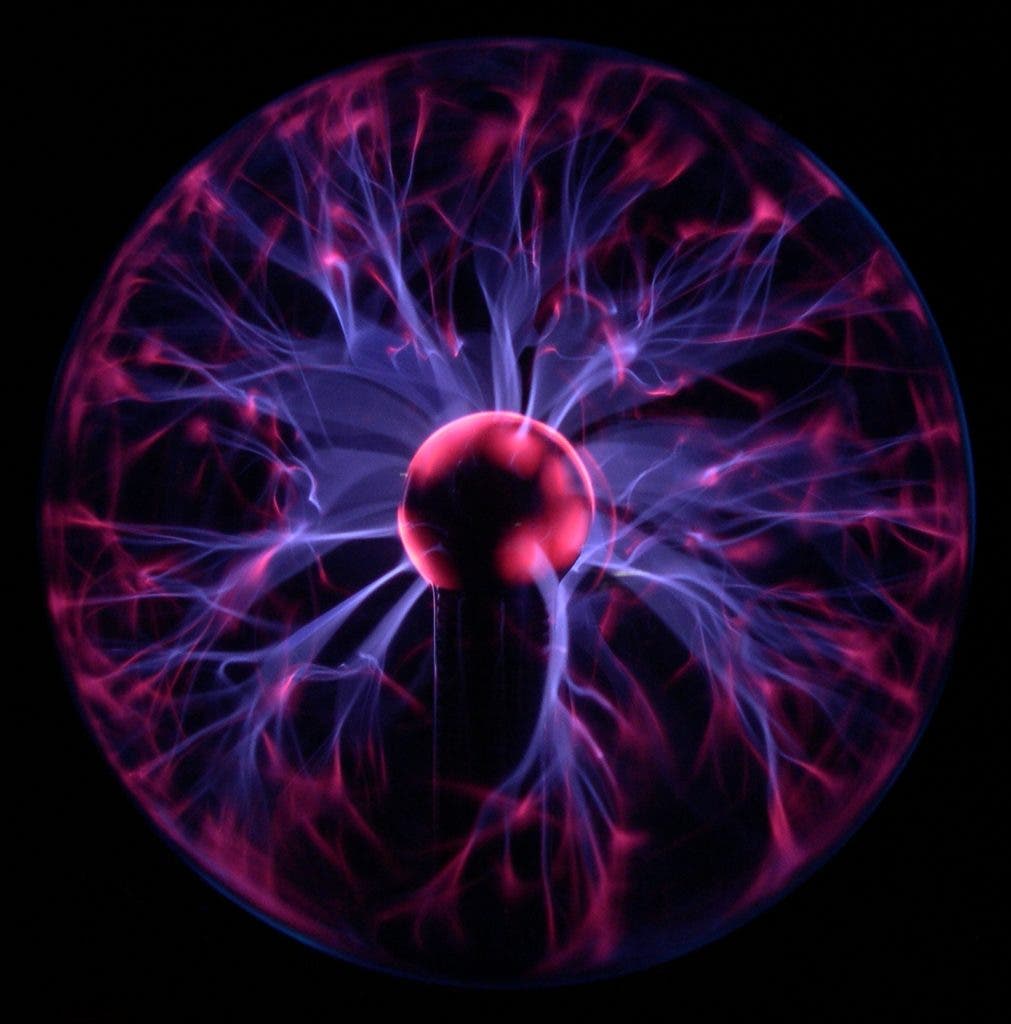The missing matter in our universe has been found — and it’s exactly where we thought it would be.
Chances are you’re familiar with dark matter, that ‘stuff’ which can exert gravity but doesn’t yet seem to do much else. It makes up around 27% of all the universe. We also have dark energy, which makes up about 68% of everything, and then there’s the normal, regular matter you or me are made of. This latter variety only makes up 5% of the known universe, which may come as a surprise, since it literally makes up our whole world.
We’re still trying to understand dark matter and dark energy, but in the meantime, scientists have put another scientific mystery to rest: accounting for all ‘normal’ matter.
Where my matter at?
Simply put, scientists couldn’t account for half of all matter that has to be out there, that 5% that we can actually see and interact with. Our working theory was that this matter could be found as very diffuse strands of plasma spread between galaxies. Given the huge spans of space involved here, even a very wispy gas could add up to a huge amount, as much as that contained by all visible galaxies combined.
Problem is, if that matter keeps floating around in such a thin and insubstantial form, how do we actually detect it?
Two groups of astronomers have developed a method that allows them to do just that. A research team at the Institute of Space Astrophysics (IAS) in Orsay, France, and one from the University of Edinburgh, used data from the Planck satellite to see the effect this matter has on the cosmic background radiation, CBR.
To do so they relied on a physical phenomenon known as the Sunyaev-Zel’dovich effect. The boiled down version is that when CBR passes through hot plasma (which is ionized gas) this latter one brightens just enough for us to capture it. Using data from the Sloan Digital Sky Survey, each team chose pairs of galaxies believed to be connected by baryon strands (baryons are elemental particles of ‘normal’ matter). To make the individual strands more visible, they then stacked the Planck signals for these areas. The French team worked with about 260,000 pairs of galaxies, while their Scottish counterparts worked with over a million pairs.
Both reached a similar result. The IAS team calculated that the baryon gasses are three times denser than the baseline mass of matter in the universe, while the Edinburgh team calculated them to be six times denser than the baseline. While the numbers differ a bit (we’re talking super small values here, so the differences between the team are minute), both were dense enough for filaments to form. Overall, the extra matter in this filaments is enough to account for the missing half of normal matter in the universe.
It also shows that the physical models we use to explain the world around us are sound. The theory of matter filaments is decades old, but scientists have simply lacked the technological means to test it up to now. Finding the filaments, and a way to detect them in the future could even help us navigate in inter-galactic space — if we ever get so far.
The two papers “A Search for Warm/Hot Gas Filaments Between Pairs of SDSS Luminous Red Galaxies” (IAS) and “Missing baryons in the cosmic web revealed by the Sunyaev-Zel’dovich effect” (Edinburgh) have both been published in the preprint server ArXiv.











